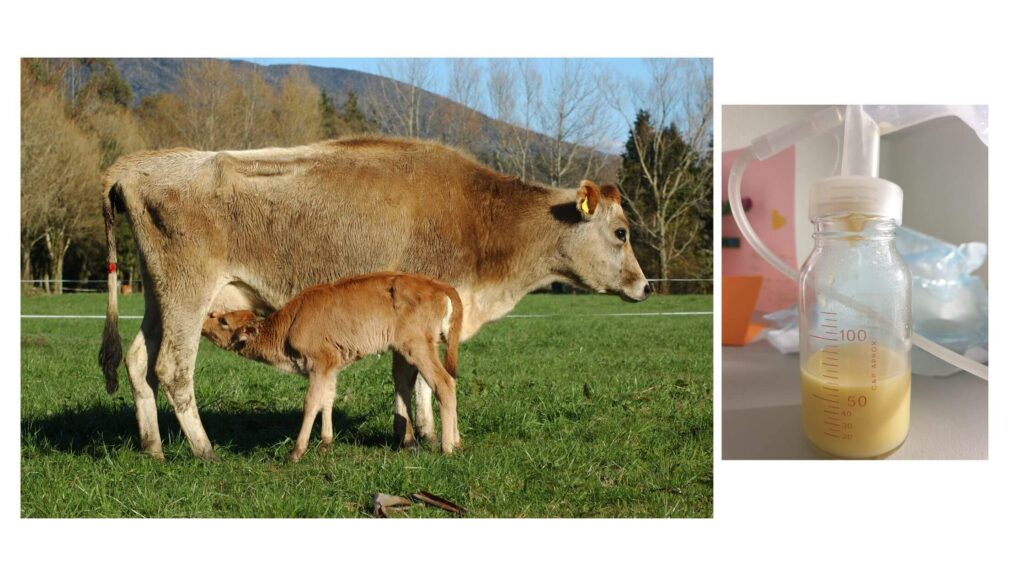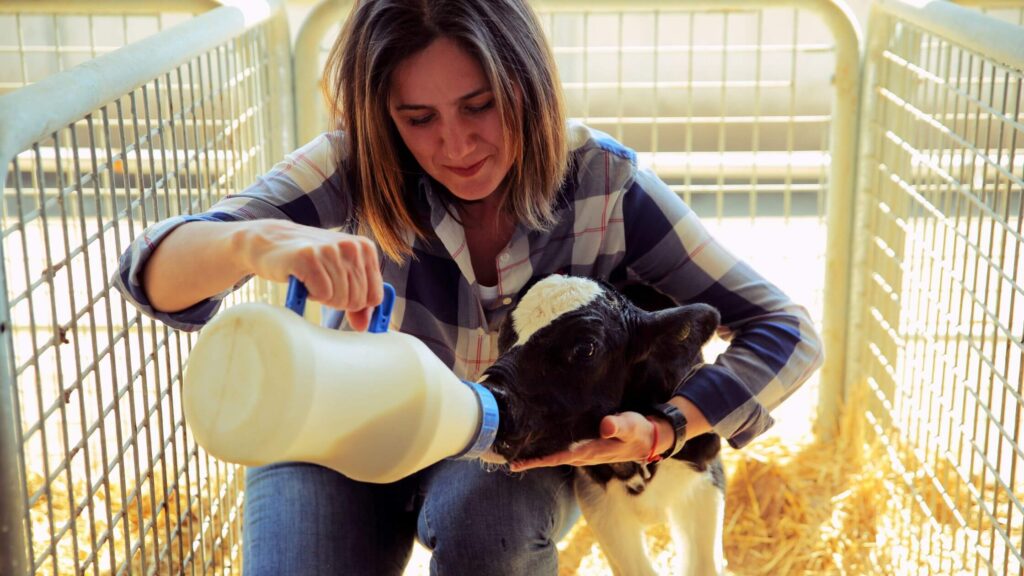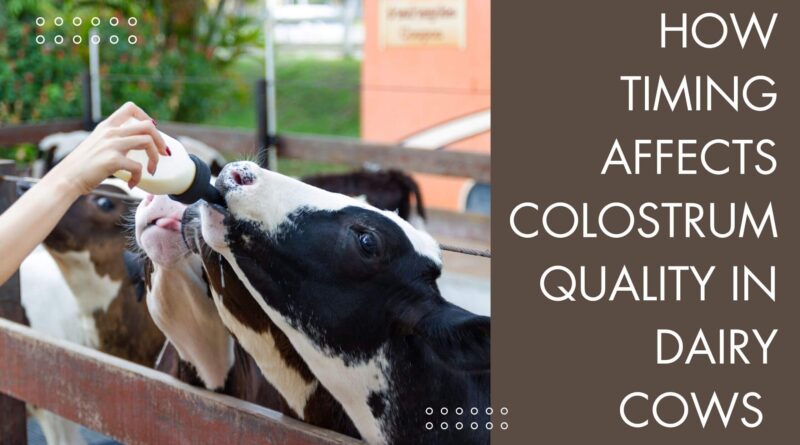How Timing Affects Colostrum Quality in Dairy Cows
In dairy farming, colostrum management plays a vital role in calf health and immunity. Colostrum is the first milk produced after calving, rich in antibodies (mainly immunoglobulin G – IgG), nutrients, and bioactive compounds. However, new research shows that timing—specifically when the first milking occurs after calving—can significantly affect its quality.
Calf Milk Replacer provides essential nutrients and immunity support, ensuring healthy growth and development when natural colostrum or whole milk isn’t available.

Why Colostrum Quality Matters
Colostrum provides essential immune protection to newborn calves, which are born with little to no immunity. The concentration of IgG antibodies in colostrum determines how well calves can resist diseases in their early life. Poor-quality or delayed feeding of colostrum can weaken immunity, slow growth, and increase the risk of infection.
Mineral Mixture Powder helps improve milk yield, fertility, and overall health by supplying essential minerals and trace elements that support balanced nutrition in dairy cattle.
Study Overview: Understanding the Impact of Timing
A study involving 640 colostrum samples from Holstein cows examined how the interval between calving and first milking influences colostrum composition. Researchers measured IgG concentration, dry matter (DM), and colostrum volume at different time intervals post-calving.

Key Findings
- 🕒 Delay beyond 9 hours reduces quality: Colostrum collected more than 9 hours after calving showed a noticeable drop in IgG concentration and dry matter content. This suggests a dilution effect, as the colostrum becomes more watery over time.
- 💧 IgG yield remains consistent: Although concentration decreased, the total IgG yield did not change significantly—indicating that IgG was not lost but diluted in larger milk volumes.
- 📈 Volume increases but quality declines: After 15 hours, colostrum volume rose, but the antibody levels were much lower, reducing its overall immunological value.
The Del CMT (California Mastitis Test) Kit helps detect subclinical mastitis early in dairy animals, ensuring timely treatment and better milk quality through quick, reliable, and easy on-farm testing.
Optimal Time for Colostrum Harvest
Based on these results, the best time to collect colostrum is within 9 hours after calving. This window ensures the highest concentration of IgG and nutrients, giving calves the strongest immune start possible.
Del Cal is a fast-acting calcium supplement for dairy cows that helps prevent and treat milk fever, supporting strong muscle function and a smooth post-calving recovery.
If high-quality colostrum is already stored and available for immediate feeding, milking can be delayed up to 9 hours without major quality loss. However, for fresh colostrum feeding, early collection remains crucial to preserve its antibody strength and nutritional profile.
Practical Recommendations for Farmers
- 🐄 Milk the cow within 2–4 hours post-calving whenever possible.
- ❄️ Store surplus high-quality colostrum in clean, labeled containers for future use.
- 🌡️ Cool or freeze collected colostrum immediately to prevent bacterial growth.
- 🍼 Feed calves promptly—ideally within the first 2 hours after birth—for maximum IgG absorption.
Final Thoughts
Proper timing and management of colostrum collection can make a measurable difference in calf immunity, survival rates, and long-term productivity. As this study shows, waiting too long after calving dilutes vital antibodies, while early collection preserves the immune power every newborn calf needs.
For progressive dairy farms, integrating colostrum quality testing tools and automated milking systems can help monitor timing, volume, and quality consistently—ensuring every calf gets the best possible start.
for more information visit delmergroup.com

